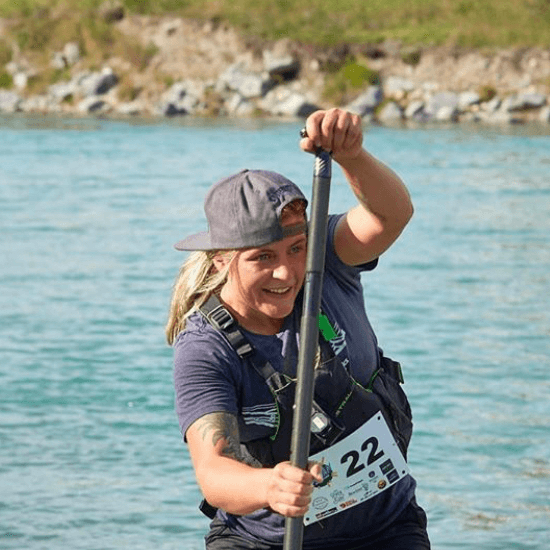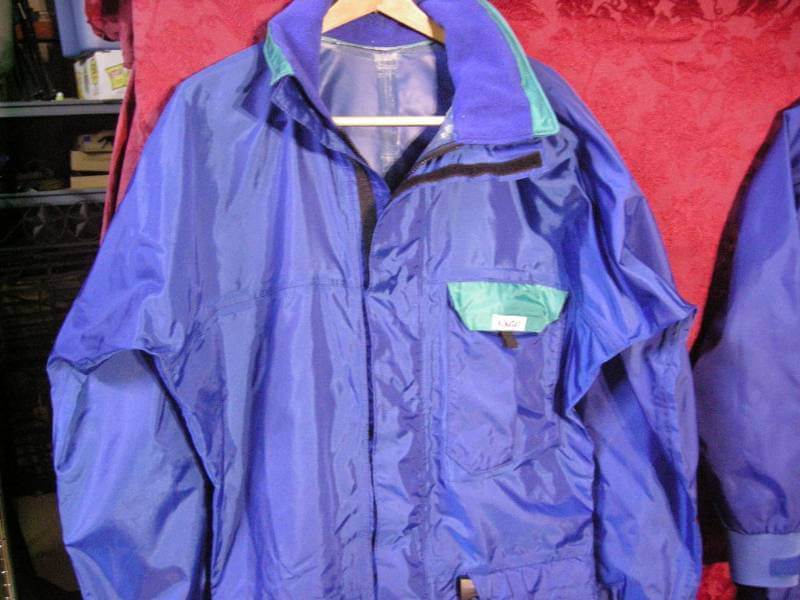Here in Alberta we got our first blast of winter this week. Lucky for me I have some friends who are not afraid of the elements. When one of those friends proposed the idea of getting out for a paddle on two iconic lakes, Lake Louise and Emerald Lake, I couldn’t resist what might be one of my last flatwater paddles of 2020!
But, with the cold weather comes a couple of extra precautions. Here are three simple rules I use to make sure everyone has a good time and gets to go home at the end of the day (because that’s always the goal). I will also mention, my paddle craft of choice is a stand up paddle board, but most of these tips are easily applied to canoeing or kayaking.
1. Dress for immersion
No matter what you think your chances of taking a swim are, always dress for immersion when paddling in cold temperatures.
Before I invested in a drysuit I would wear a wetsuit to paddle in cold weather. It’s definitely an acceptable option, but keep in mind the 1 mm neoprene pants you bought for summer paddling are not going to be enough in the cold weather. You’ll want to upgrade to a 3-5 mm suit. The problem I found with wearing neoprene is that if you’re not actually in the water, you’re just going to sweat. That’s fine, until you stop moving… then you can get cold.
A drysuit is a great option because, as the name suggests, you stay dry! However, they do not provide insulation, so you’ll want to layer up underneath. Start with a base layer made of a wicking material like polyester or merino wool. Next add your insulation – fleece and down are both good options. How much insulation you add comes down to your own personal preference. Consider how strenuous your paddle will be. Will you be charging hard with a high cadence? You’re probably going to generate a lot of heat on your own. Or, are you taking a more leisurely pace while you catch up with a friend? Wouldn’t hurt to add an extra layer.
Drysuits are expensive, though. Call your local shop to see if renting one is an option. Alternatively, you can get dry layers in just the pants, which would give you the ability to walk in up to your waist. This can be helpful for launching and landing.
2. Choose the right safety equipment (and actually wear it)
During the summer months I see a lot of water users taking advantage of the “PFD’s on board” wording in the Transport Canada regulations. In the winter, though, there should be no debate – you need to wear it. In addition to adding a little extra insulation, it can literally save your life in the event of an unexpected swim.
Cold water shock is a very real thing. Even a strong swimmer can experience symptoms like water inhalation, muscle spasms, increased heart rate and blood pressure. Now imagine trying to put on a PFD in that situation… It’s easy to see how things can go wrong quickly. By wearing a PFD to begin with you drastically decrease the drowning hazard and give your friends time to perform a rescue.
Another important piece of safety equipment is a leash. Our boards are a pretty great floatation device so it’s always a good idea to stay close to them when we end up in the water. The one exception I would (potentially) make to this is on the river… hear me out.
A couple of years ago I went for my first ever run on the Upper Kan… In November. I was wearing my quick release leash, and as we approached the infamous “Santa Clause” rapid, we got out to scout it. Ready to leave my board against the rocks and walk over to get a closer look, I tried to use my quick release, but it wasn’t working. It had frozen shut. Luckily I realized this before I got myself into a situation where I needed it to work. Now when I paddle moving water in the cold I usually choose to not wear a leash, however, if you have a rescue grade PFD you could attach it to the quick release belt.
3. Have a warm-up plan
Regardless of how many layers you wear, sometimes water sports and winter just don’t mesh well. It’s important to put some thought beforehand into how you’re going to warm yourself up if you get cold.
This will depend a lot on the circumstances of your paddle. If you’re staying fairly close to your car, jumping in there and cranking the heat is a good way to warm up quickly. Keep a change of clothes in your car as well, just in case you do get wet.
If you’re not near your vehicle (for example, on moving water), you’ll have to come up with some other creative solutions. Some that I’ve used in the past include getting off the water for some mid-paddle aerobics – jumping jacks, jogging on the spot, dance party… anything that gets your heart rate up is great. You can also bring a hot drink and pack some snacks to keep your calorie intake up.
Winter paddling does take a little more planning than your summer adventures, but it’s sure to be an unforgettable experience. Happy paddling!
Shop AQ Outdoors Paddling Insulation
AQ Outdoors Contact
Edmonton: (p) 780 463-4892 (e) info@aquabaticsedmonton.com
Calgary: (p) 403 288-9283 (e) info@aqoutdoors.com

























































